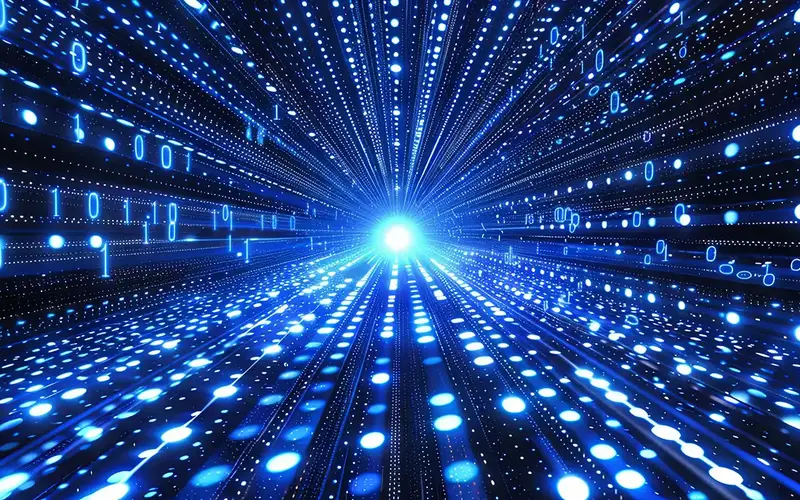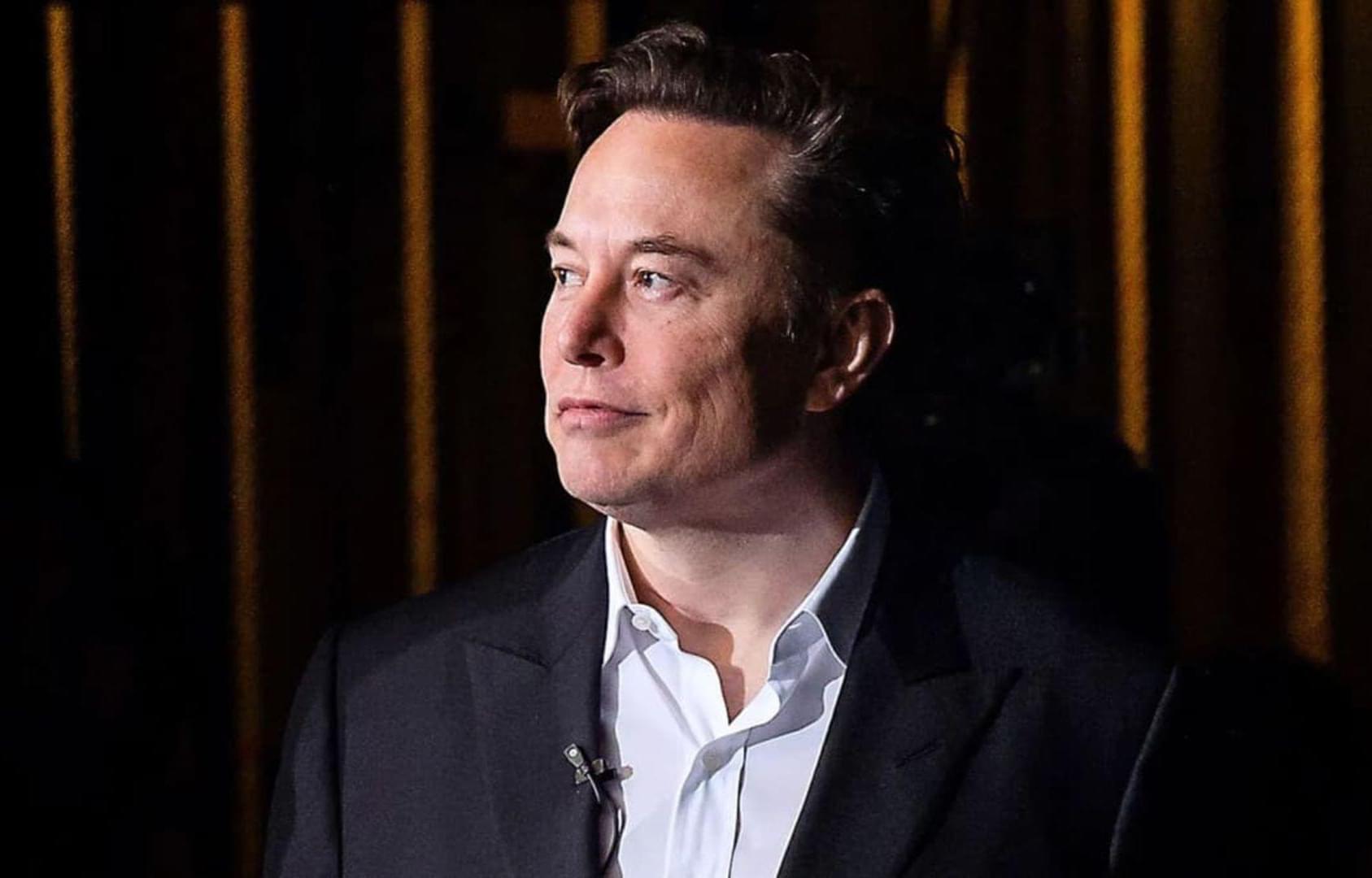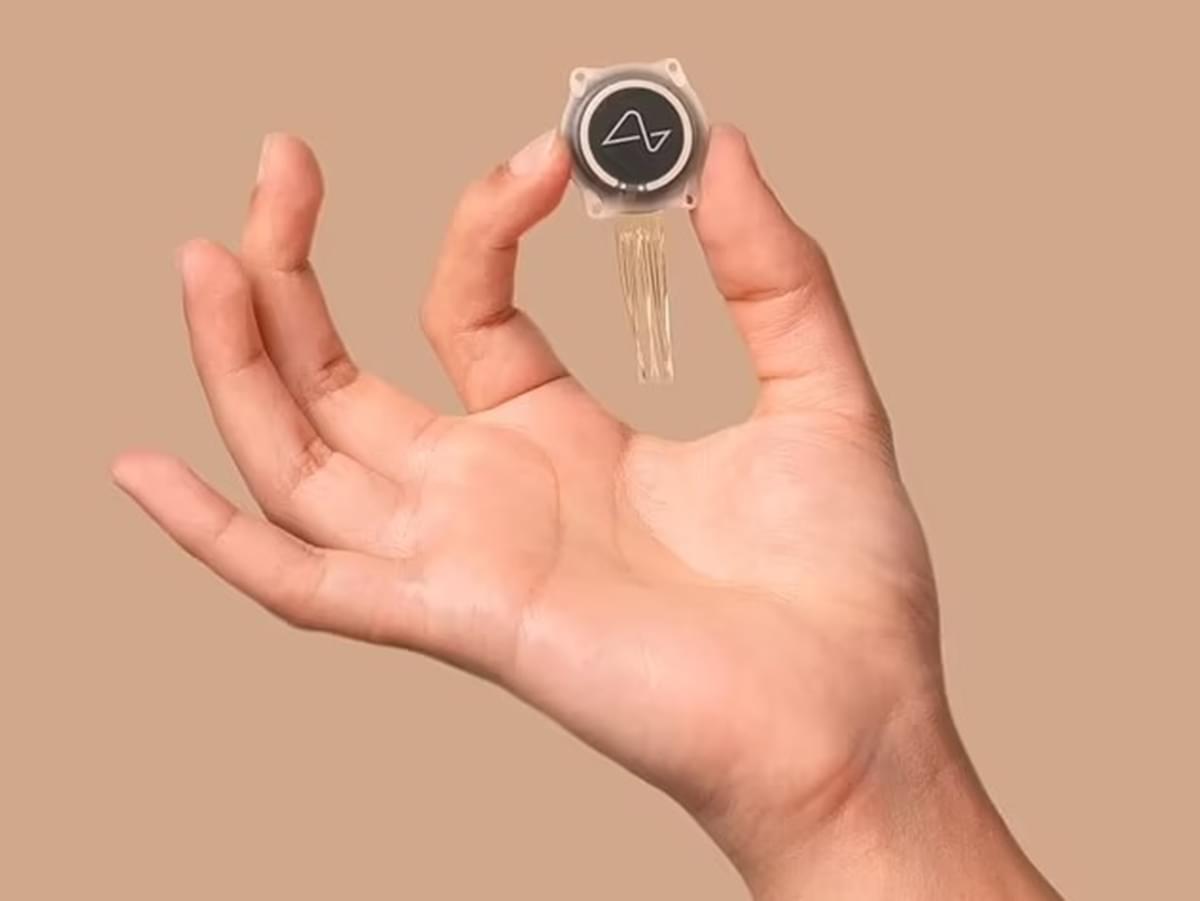Fable, a San Francisco-based startup, has created a new streaming service called Showrunner, which is touted as «Netflix with AI». Its main feature is that viewers can create scenes or entire episodes for TV shows from scratch — using simple text prompts for artificial intelligence. The idea may seem dubious, but a tech giant like Amazon believed in the project’s potential and invested an undisclosed amount in Fable and the development of streaming.
Showrunner currently operates in closed alpha version with 10,000 users (another 100,000 are on the waiting list) and offers two original «shows» — storyworlds with characters that users can direct into different narrative arcs.
The first, titled «Exit Valley», is described as a «Family Guy-style television comedy set in Sim-Francisco, poking fun at artificial intelligence leaders Sam Altman, Elon Musk, and others». Second, «Everything Is Fine», in which a husband and wife have a big fight while going to Ikea, and then are transported to a world where they are actually divorced and have to find each other.






